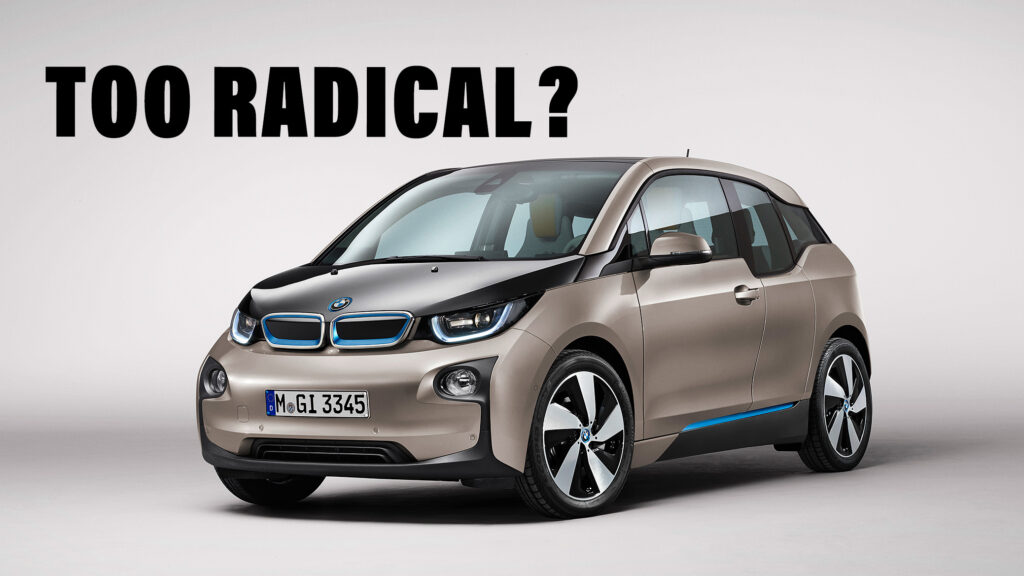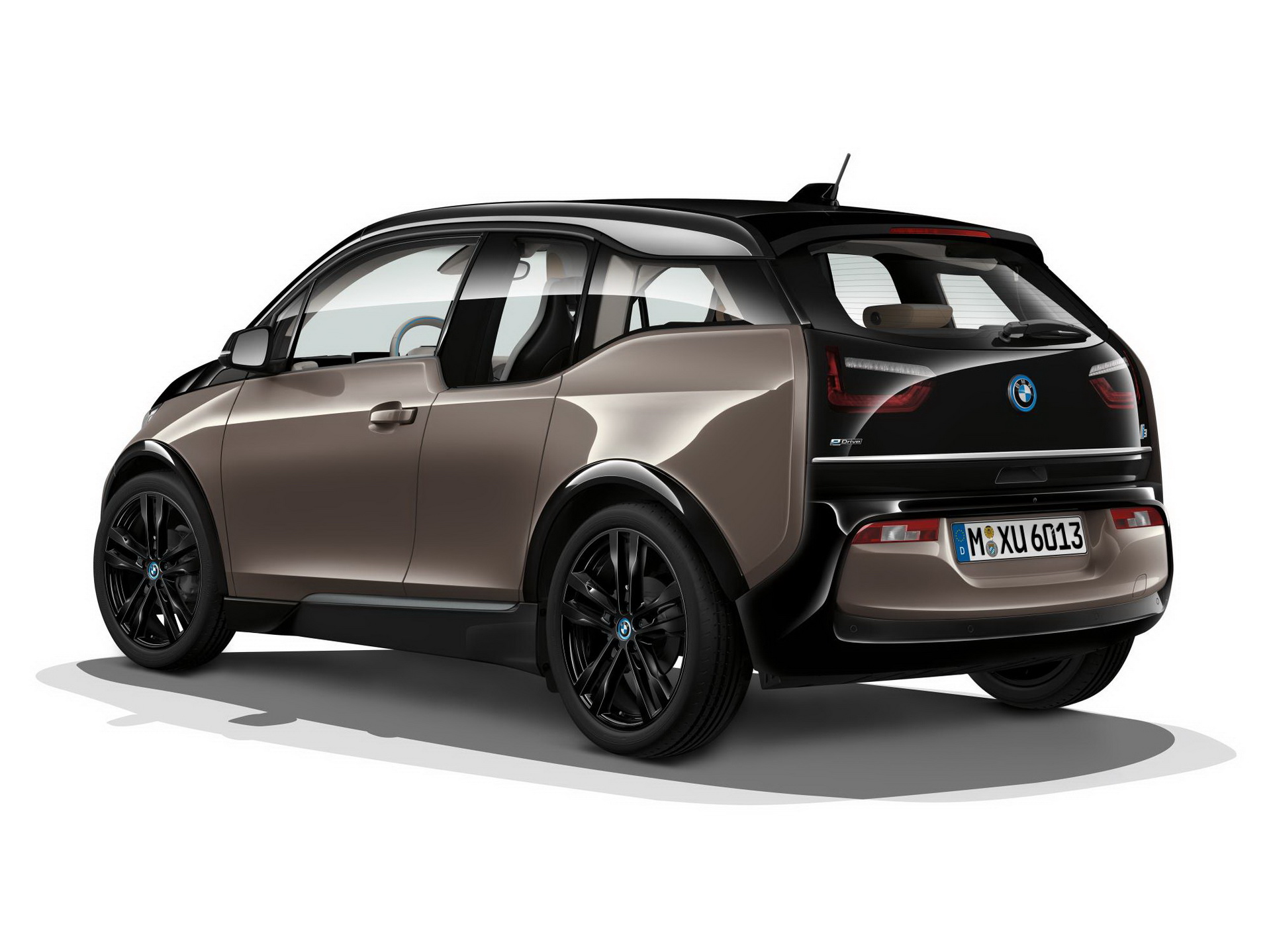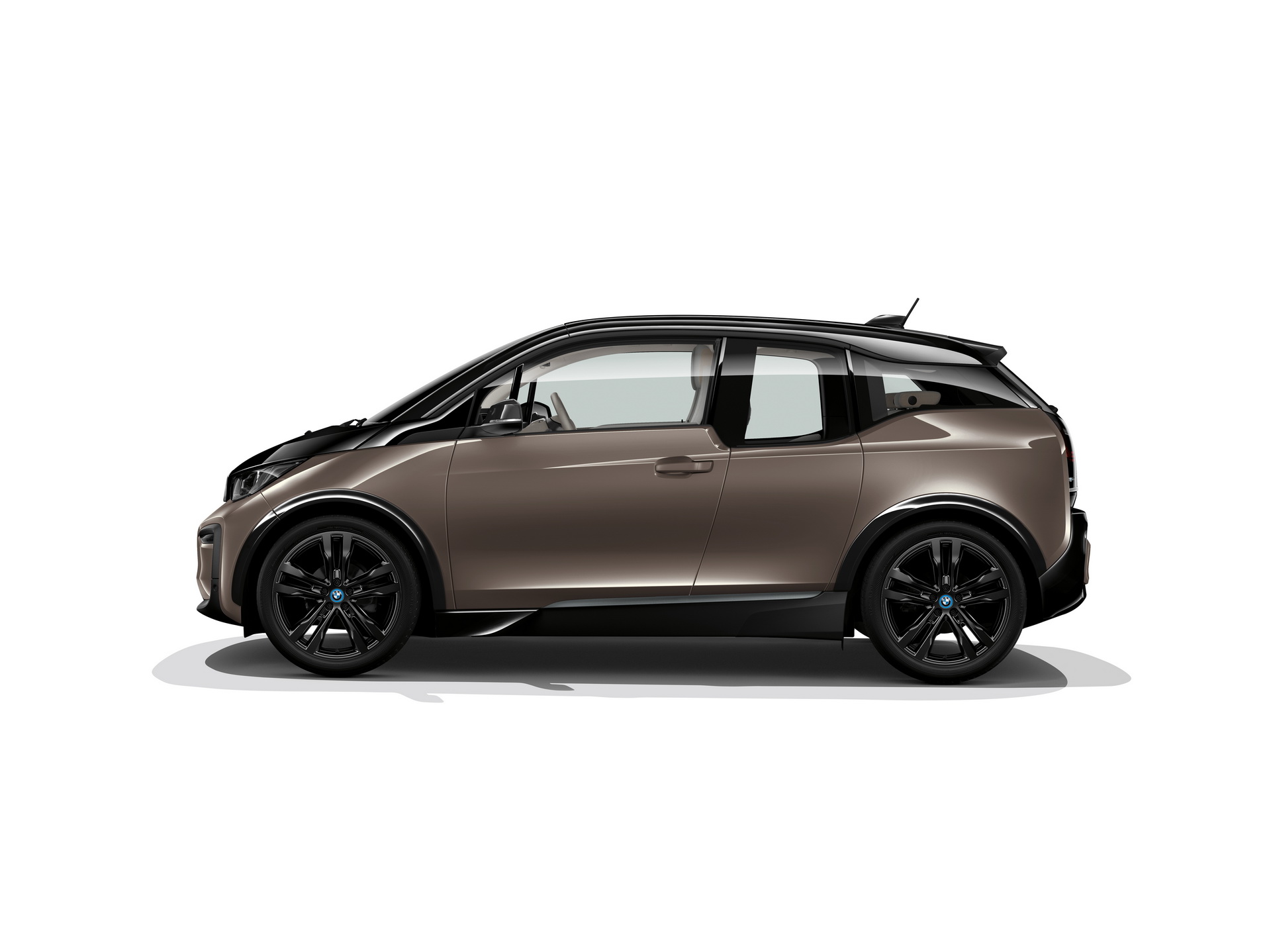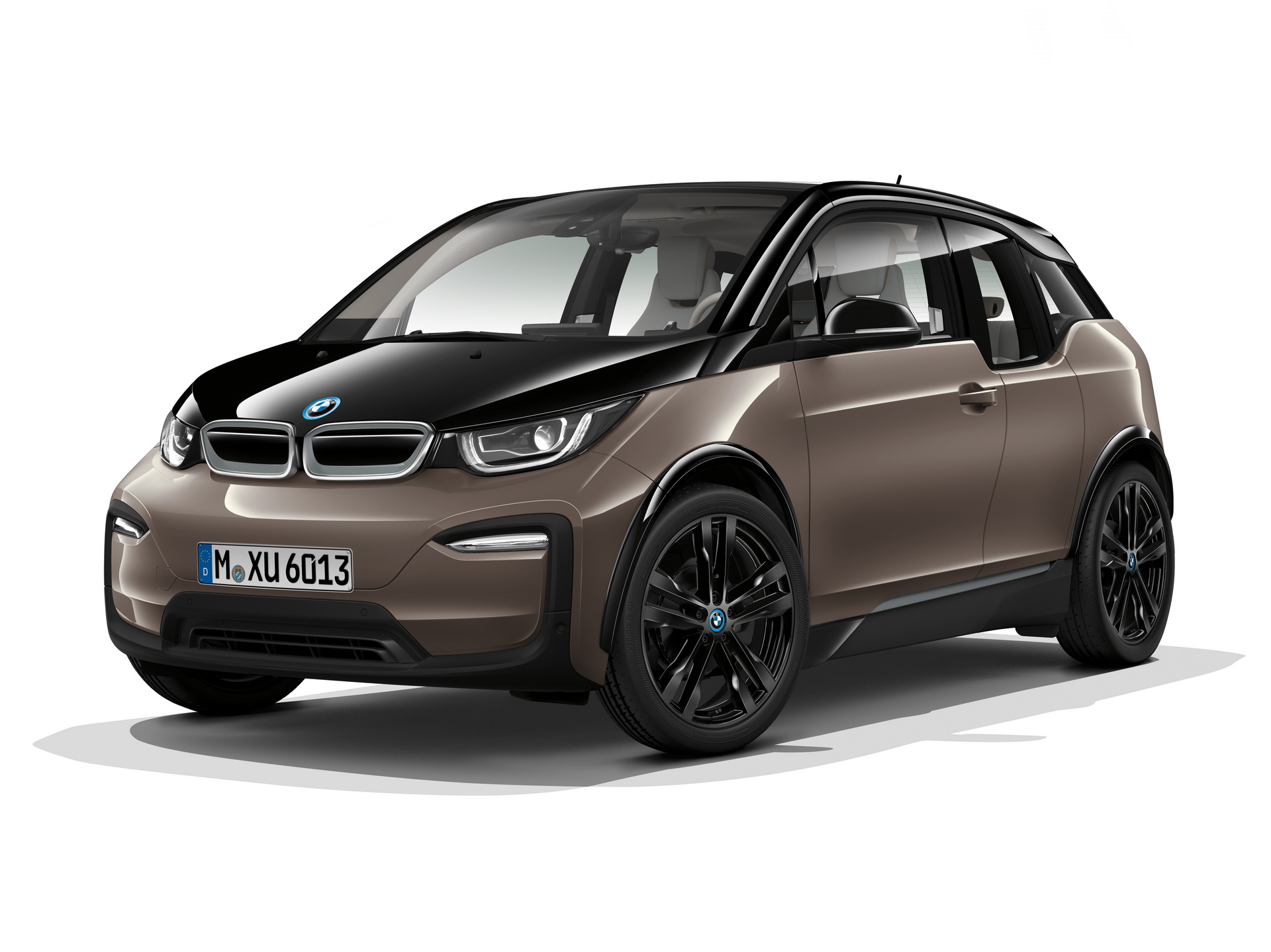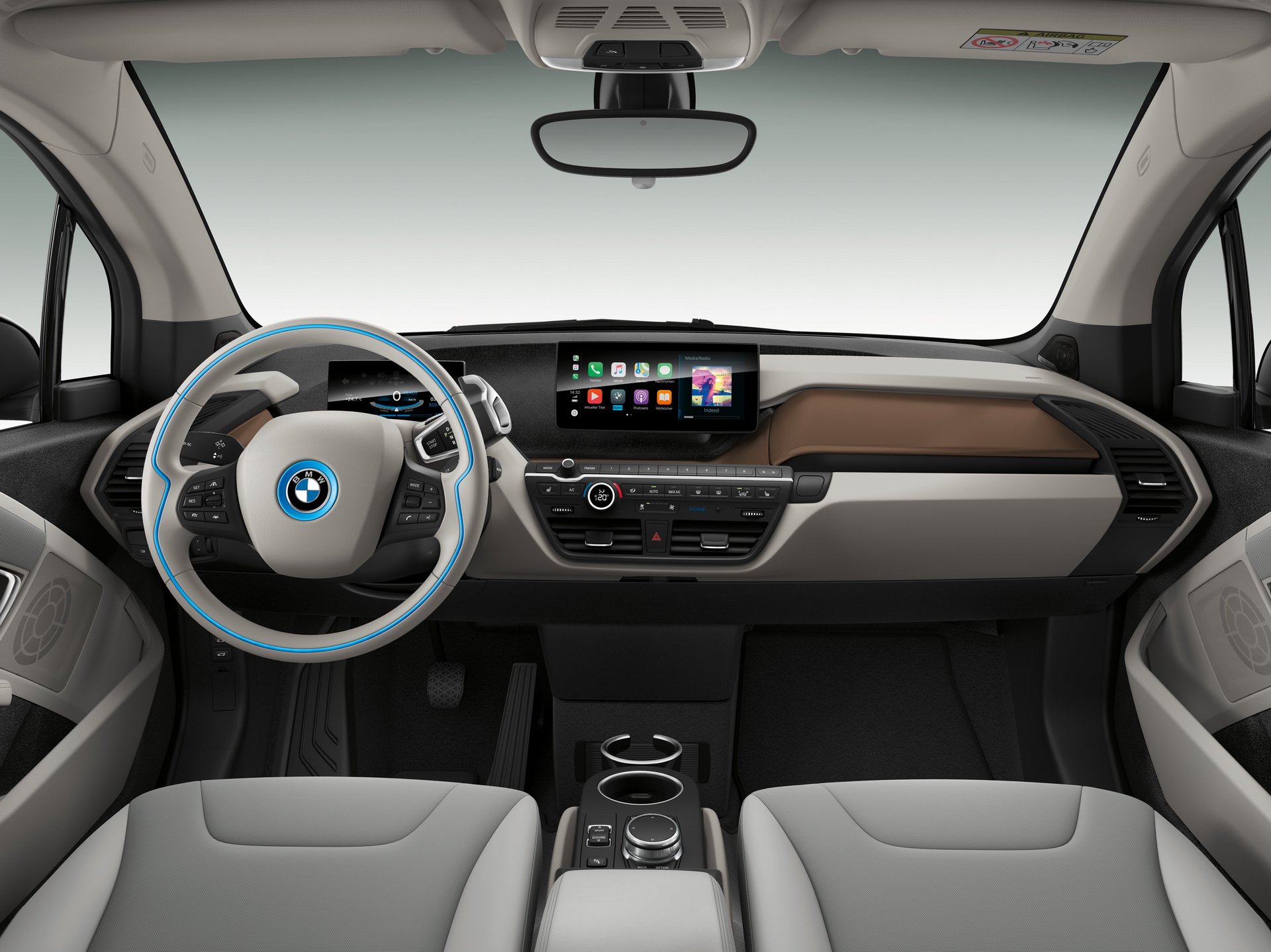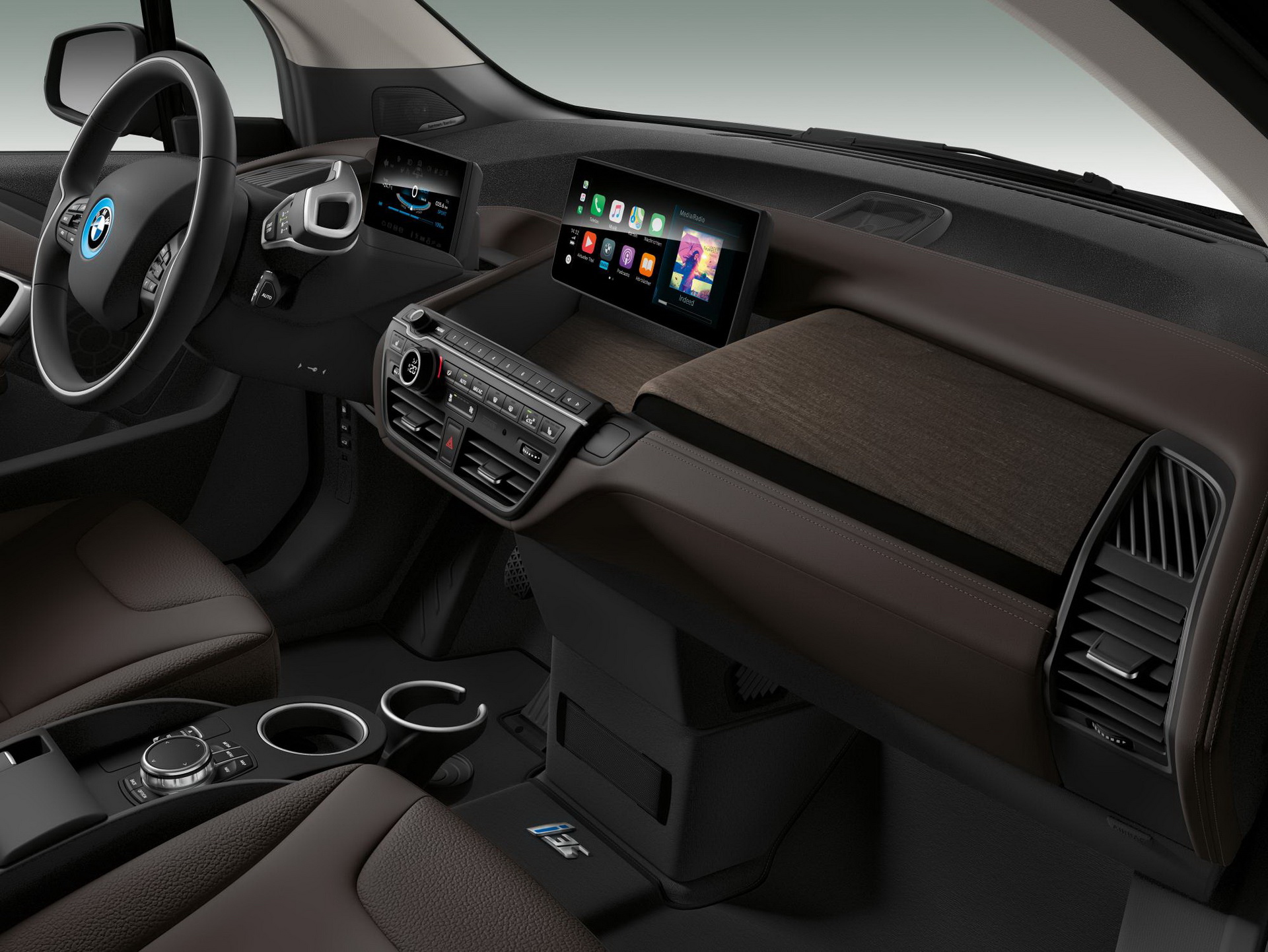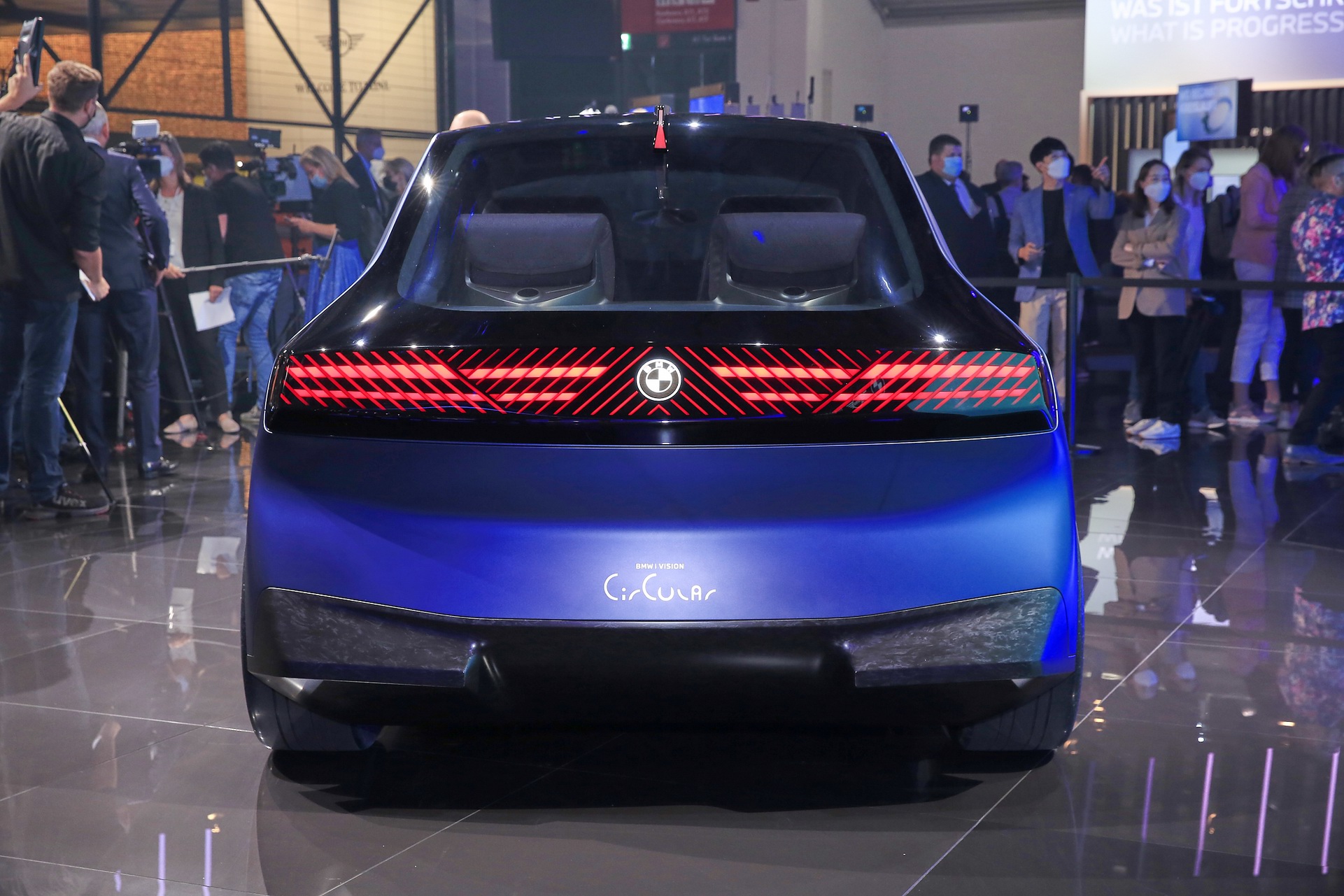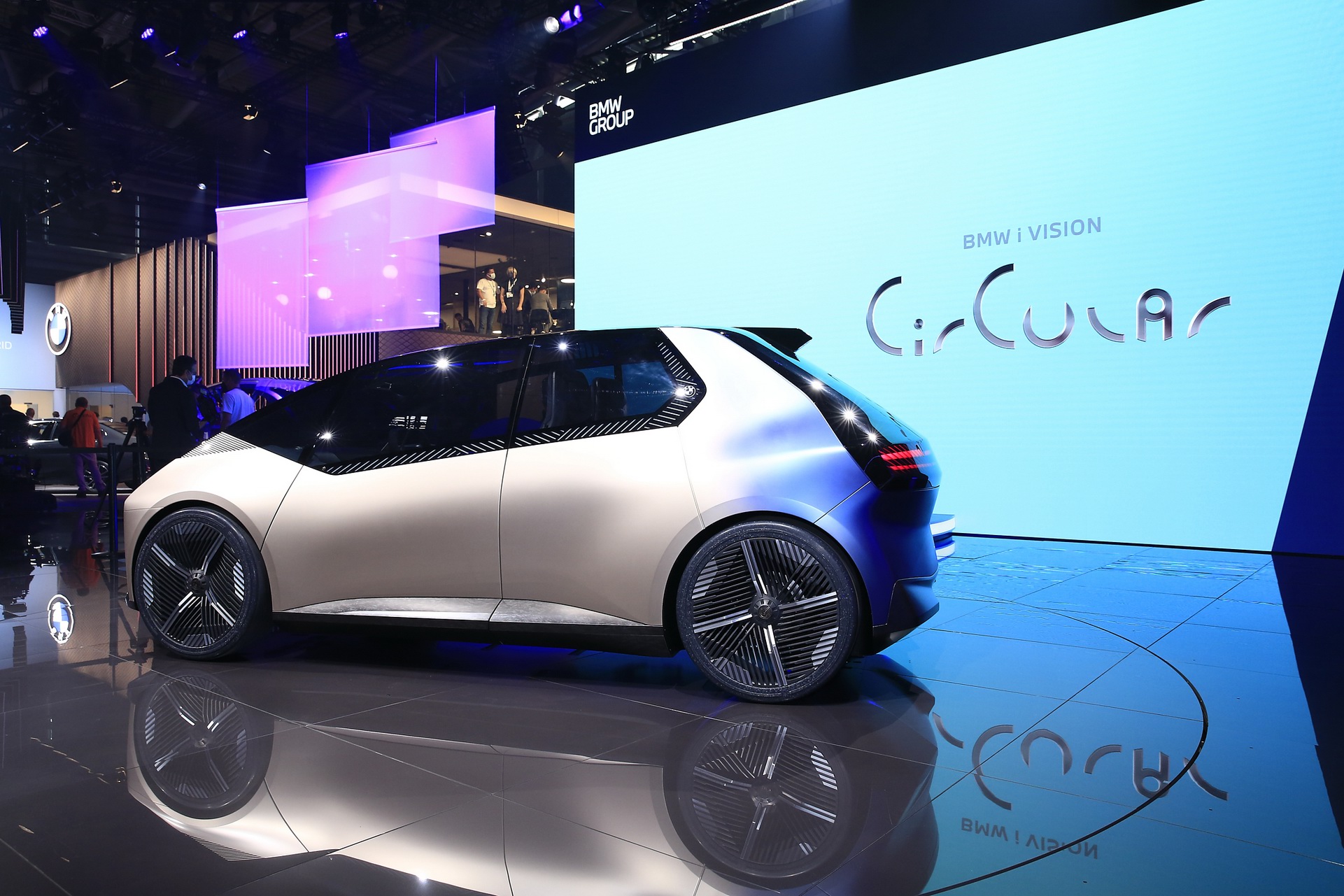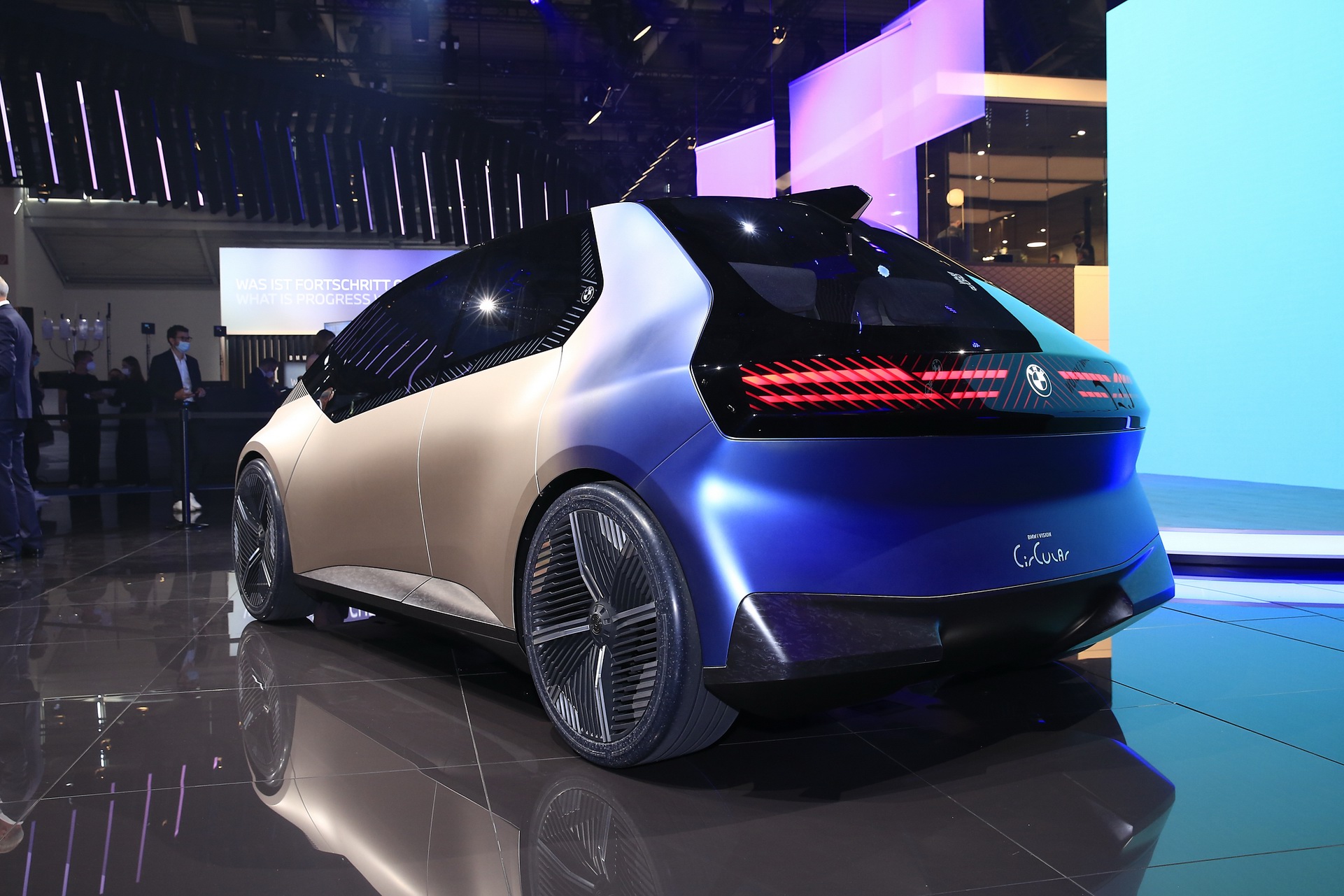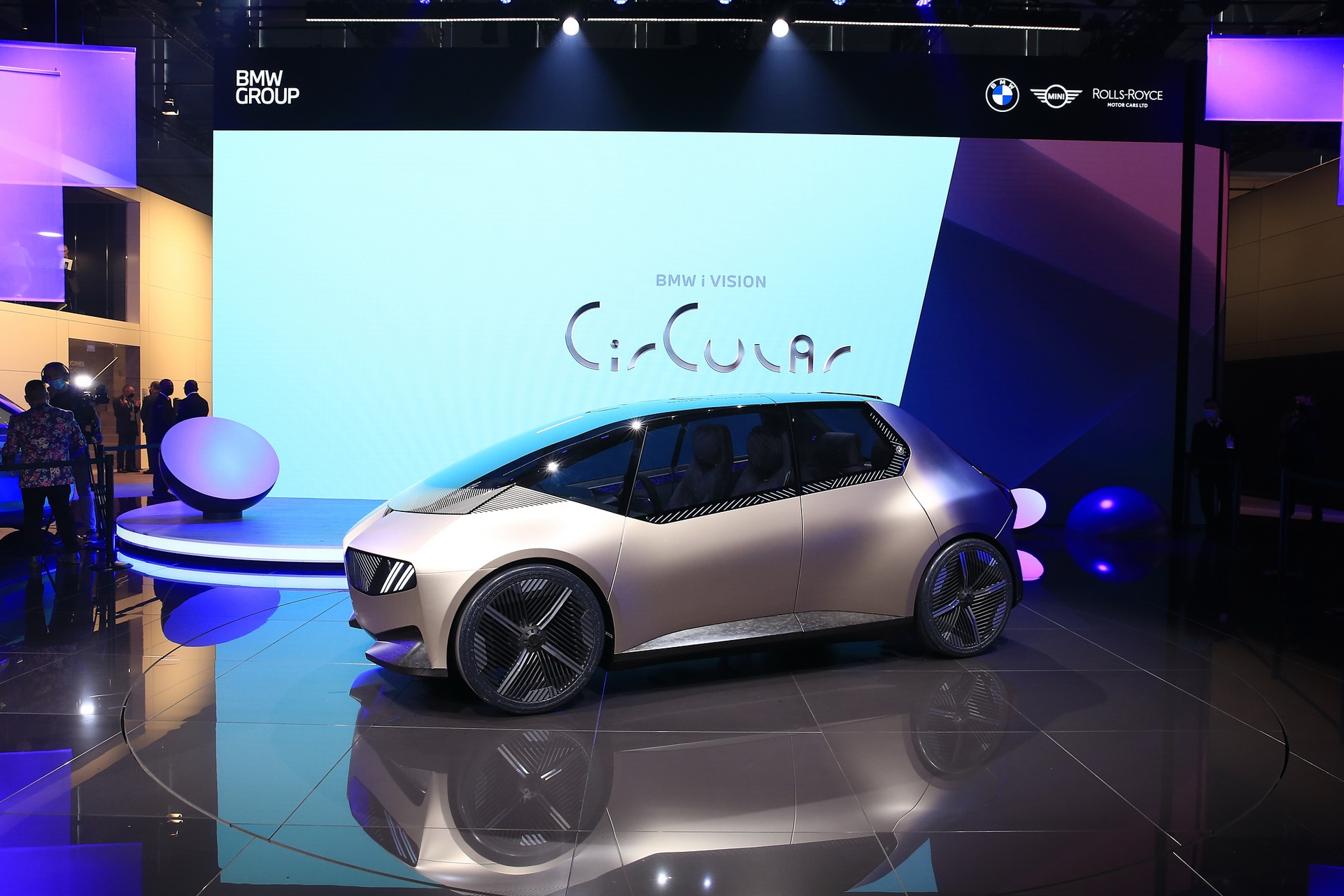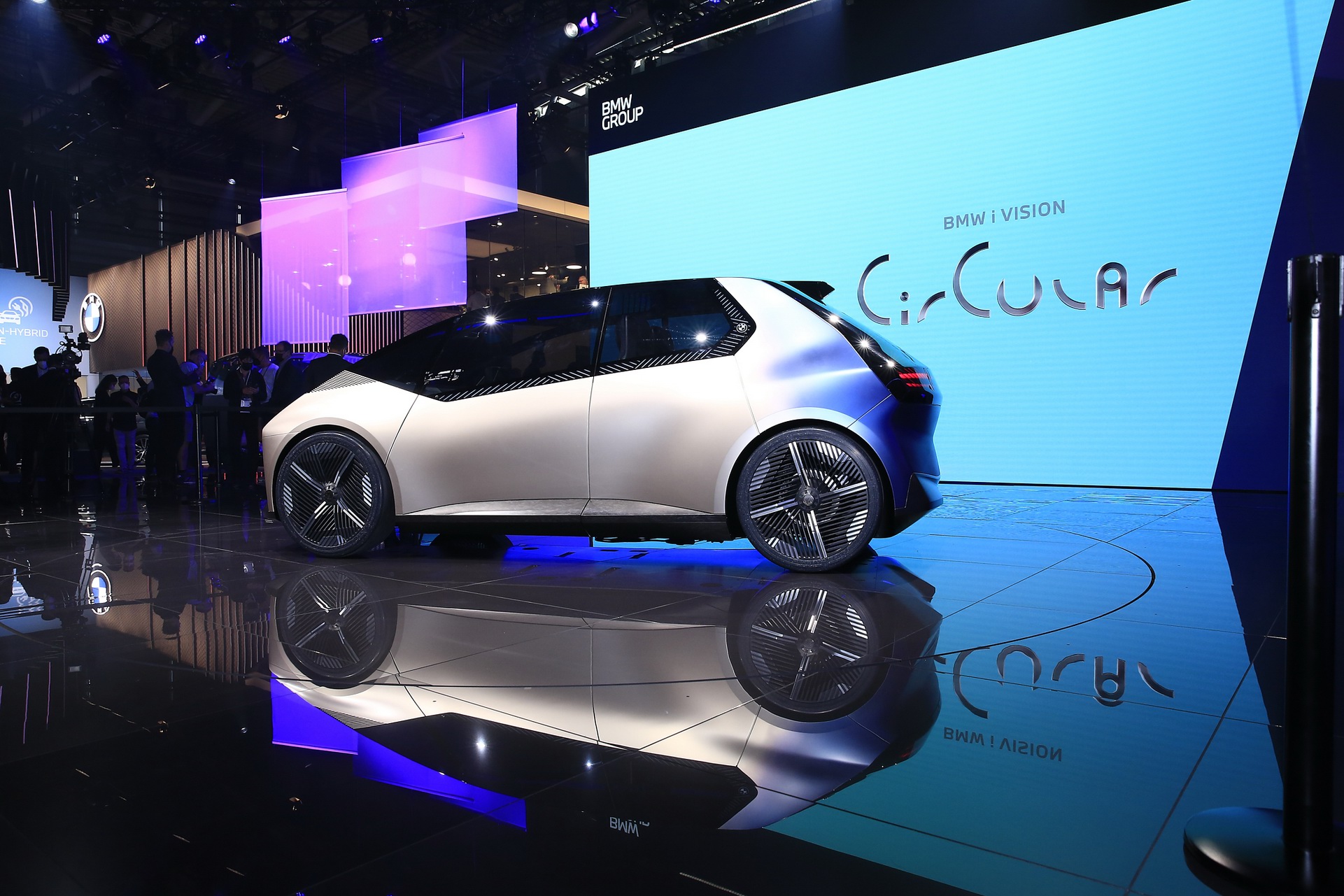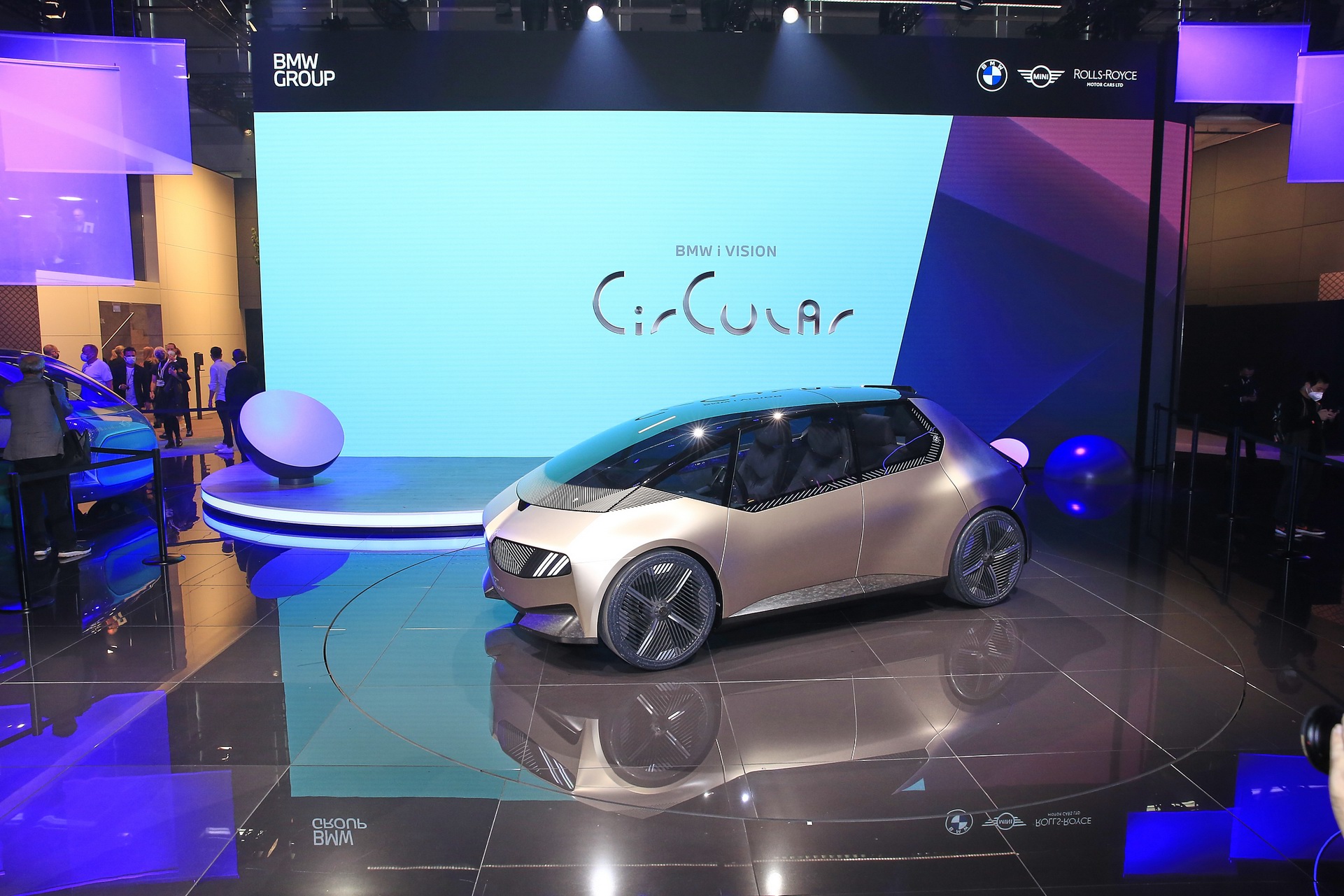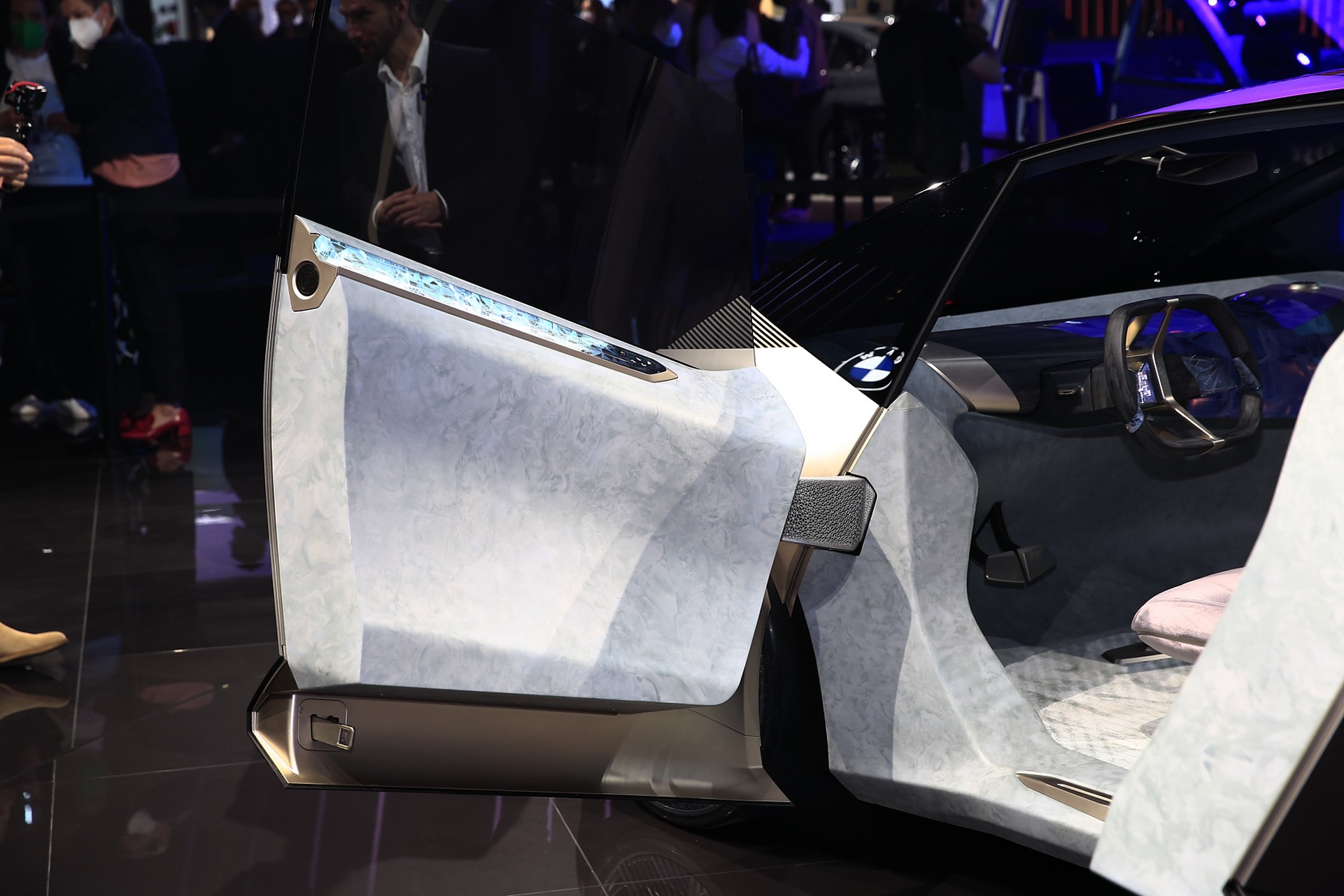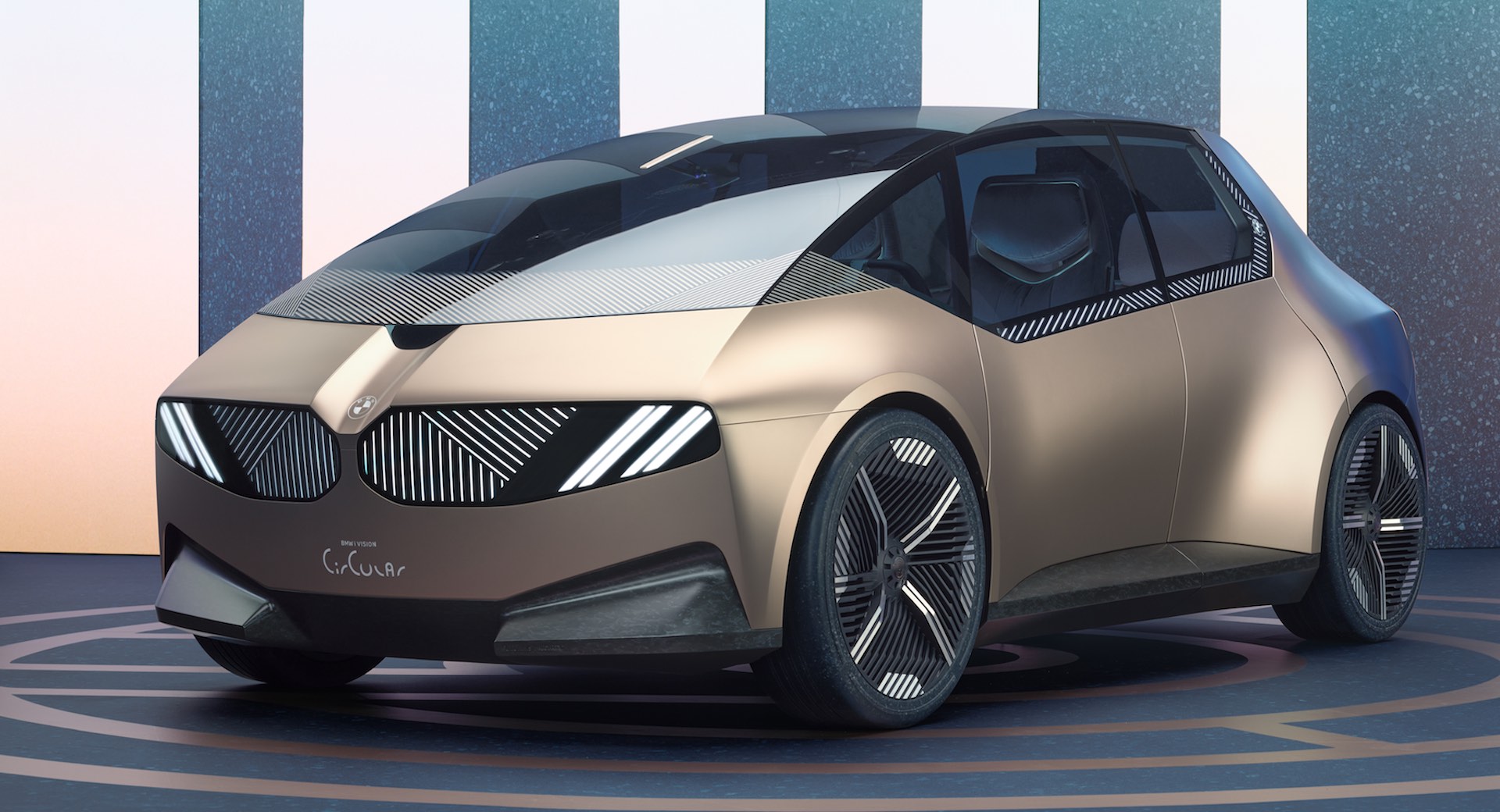A decade on from its debut, the BMW i3 remains one of the most interesting-looking EVs on the road. The unusual multi-level waistline, split C-pillar and a stunning, concept car interior full of eco-friendly materials were so ahead of their time that I reckon BMW could launch it as a new car in 2023 with upgraded hardware and a decent range and no one would guess it’s 10 years old.
But it seems not everyone shares my enthusiasm. A BMW executive recently told reporters that while the company was definitely interested in building another small EV, any successor to the i3 would look far less radical to appease conservative BMW fans.
“A lot of people liked it, but in the eyes of others the i3 was not a real BMW. A bit of an outsider in the classroom if you will,” BMW development boss Frank Weber told Automobilwoche. “We will not repeat that in this form,” Weber said.
Despite its polarizing design, the i3 proved successful for BMW. By the time production had ended last year more than 250,000 BEV and range-extender hybrid i3s had been sold, so BMW knows there’s a market there for a follow-up.
Related: BMW Ends i3 Production With 18 Special Galvanic Gold Models
“BMW definitely needs to bring to market an affordable, compact car,” Weber conceded to Automobilwoche. “We attach great importance to offering customers the best possible access to the BMW brand. That is why we are thinking very carefully about how an entry offering can be part of the Neue Klasse family.”
BMW’s first Neue Klasse cars will be an electric SUV and a sedan previewed by this year’s Vision Neue Klasse concept. But more will follow, Weber telling reporters that BMW will launch four further NK cars within two years. One of those might be a successor to the i3, and we might have seen it already badged as the BMW i Vision Circular at the 2021 IAA Mobility show in Munich. Though the angular hatch looks radical next to today’s BMWs, it shares its design language with the Vision Neue Klasse sedan so wouldn’t look out of place alongside it in a BMW showroom in 2027.
Source: Automobilwoche, via Auto News




